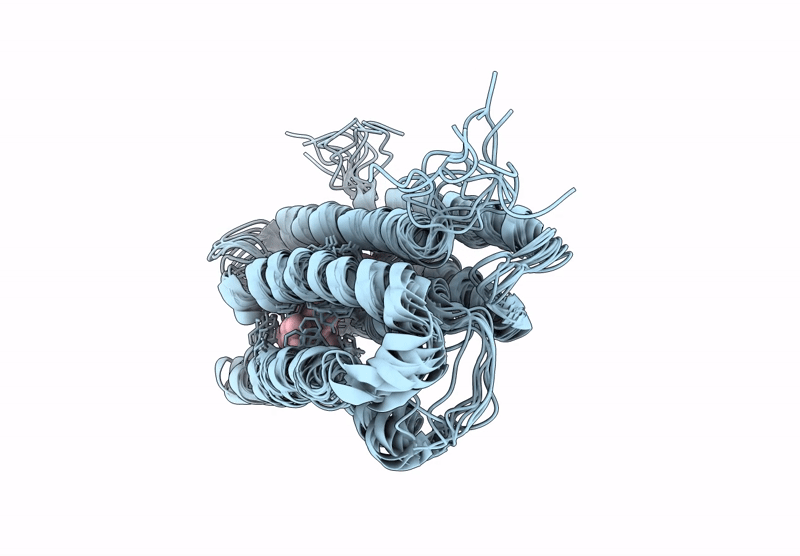
Deposition Date
2024-12-06
Release Date
2025-04-16
Last Version Date
2025-04-16
Entry Detail
PDB ID:
9MEM
Keywords:
Title:
Anabaena Sensory Rhodopsin Structure Determination from Paramagnetic Relaxation Enhancement and NMR Restraints
Biological Source:
Source Organism:
Nostoc sp. (Taxon ID: 1180)
Host Organism:
Method Details:
Experimental Method:
Conformers Calculated:
100
Conformers Submitted:
10
Selection Criteria:
structures with the lowest energy


